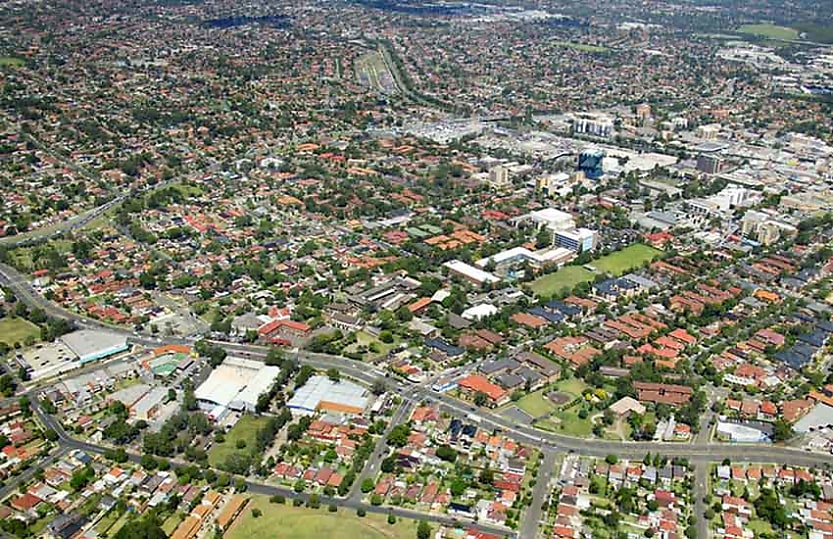Western Sydney the insolvency epicentre, warns credit agency

The rising cost of living increases the risk of default and insolvency for businesses in a number of Western Sydney regions, warns CreditorWatch.
Western Sydney will be the insolvency epicentre over the next 12 months, according to the latest CreditorWatch Business Risk Index.
It said relative levels of debt are high in the region and there are many small businesses very sensitive to even slight movements in demand.
The Business Risk Index revealed that half of the 10 highest ranking regions for probability of default are in Western Sydney, taking in Fairfield, Bankstown, Auburn, Canterbury and Merrylands-Guilford.
Low-medium income, high population density and low positions on the ABS’s Index of Relative Social Advantage and Index of Economic Opportunity are some of the indicators driving higher risks for businesses in these areas.
CreditorWatch chief executive Patrick Coghlan said that most of the regions listed in the top 10 default list had held that position for more than 12 months.
“It almost stems back to that initial lockdown of that Western suburbs region in mid-2021 and they’ve really been on the back foot since then,” Mr Coghlan told Accounting Times.
“There are other factors that come into as well. It’s Sydney, so property prices for both residential and commercial are challenging and these are lower socio-economic areas.”
These areas also being impacted by the rising cost of living amid increasing interest rates and inflation.
“This is putting more pressure on to people who ultimately can’t afford it so we’re seeing an increase in the probability of default as a result,” said Mr Coghlan.
The biggest industries in these regions – such as construction and transport and postal and warehousing – are also the ones most impacted by the current economic climate. Construction is the industry with the second highest rate of insolvency in the latest Business Risk Index, with the food and beverage sector currently at the top.
Insolvency rates for the construction sector plummeted at the onset of the pandemic but are now on the rise as the sector deals with the rising cost of materials, fixed priced contracts and labour shortages.
CreditorWatch chief economist Anneke Thompson said the construction industry is still working through very high volumes of work and is invoicing at a very high rate but is being hit by rising costs.
“It is the cost side that is really damaging to this sector at the moment, with many projects being completed at a substantial financial loss to the builder due to the price the owner pays being fixed at the time of contract signing,” said Ms Thompson.
The rate of external administrations for construction businesses is still below the baseline rate of what it was pre-COVID-19, but is expected to continue rising, according to the Business Risk Index.
The very low levels of insolvencies in the construction sector during the COVID-19 lockdowns suggest that a number of businesses kept going that normally would have failed.
“The huge amount of government stimulus showered upon the wider economy, and in particular the construction sector, allowed many businesses that were not viable to stagger through,” said CreditorWatch in a recent statement.
These businesses, nicknamed ‘zombie businesses’ during COVID-19, are now being exposed as supply costs, labour costs and interest rates continue to rise and demand and government incentives reduce.
The pressures facing the construction industry may also be partly contributing to the increasing business risks in the Western Sydney region, according to Mr Coghlan.
“There hasn’t been a significant increase in unemployment yet though. If that does climb that will obviously put more pressure on that region,” he stated.
Overall, the results of the March Business Risk Index were encouraging with business activity increasing. Trade receivables were up 45 per cent year on year while nine out 13 industries saw an increase in turnover, according to the index.
This was partly due to rising inflation but also the resumption of normal trading activity post-COVID-19.
Mr Coghlan said the increase in business activity demonstrated the resilience of the Australian business community.
“From a pandemic to labour shortages, supply chain disruptions, high inflation and rising interest rates, Australian businesses have had it all thrown at them,” he said.
“To now be registering these increases in turnover is a very encouraging sign. However, we can’t ignore the forecasts for more tough times ahead as demand drops and cost pressures remain.
“However, these current increases in turnover mean that businesses will thankfully be in a stronger position as conditions tighten.”
About the author

